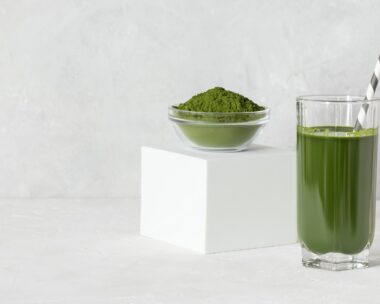Rice is the staple food for roughly half the world’s population and it is eaten daily by more than 300 billion people. Like wheat and other grains, rice is a good source of carbohydrate, which supplies the body with energy.
It is low in fat (less than 3g of fat per 100g uncooked rice) and is gluten-free, making it suitable for people with coeliac disease. There are many different types, but brown rice is especially nutritious because it’s a good source of fibre.
Tips for cooking and storing rice
One cup (200g) of uncooked rice will give you three cups of cooked white rice, or two cups of cooked brown or wild rice. Place any leftover hot, cooked rice in the fridge to cool and make sure it is covered. It can be stored for up to two days in the refrigerator. Leftover cooked rice which has been securely wrapped can be stored in the freezer for up to one month.
Types of rice
Short-grain white rice can be served with a range of spicy, sweet or savoury dishes. It has a creamy texture when cooked, making it ideal for desserts. Koshihikari is a Japanese short-grain rice that is often used in traditional dishes such as sushi, rice balls and nori rolls.
Long-grain white rice is an all-purpose rice with a firm fluffy texture that separates well when cooked. It is suitable to use in fried rice, stir-fries, curries and rice salads.
Brown rice has the outer layer of bran intact, which contributes to its nutty flavour and coarse chewy texture. You can buy both long- and short-grain forms and, while it does take longer to cook than white rice, it offers a higher nutritional content. Also look out for “quick cook” brown rice in supermarkets.
Jasmine rice is a fragrant long-grain white rice which is often served with Thai, Vietnamese and Chinese cuisine.
Basmati rice is an aromatic long-grain white rice which produces dry, separate grains once cooked. It is good for Middle Eastern and Indian dishes. This type of rice also has a lower glycemic index (GI) value than other types, which may be useful for people with diabetes.
Wild rice is not actually rice but the seed of a tall grass that grows in similar wet conditions to rice. It has brown to black grains with a chewy texture and a nutty flavour. It is often mixed with other kinds of rice and served in salads or soups.
Arborio rice is an Italian short- to medium-grain white rice which is commonly used in risotto dishes and has a pearly sheen.
This information is provided by the Sanitarium Nutrition Service.
Your say: Does your family enjoy rice? Which type of rice do you prefer? Share with us below…




